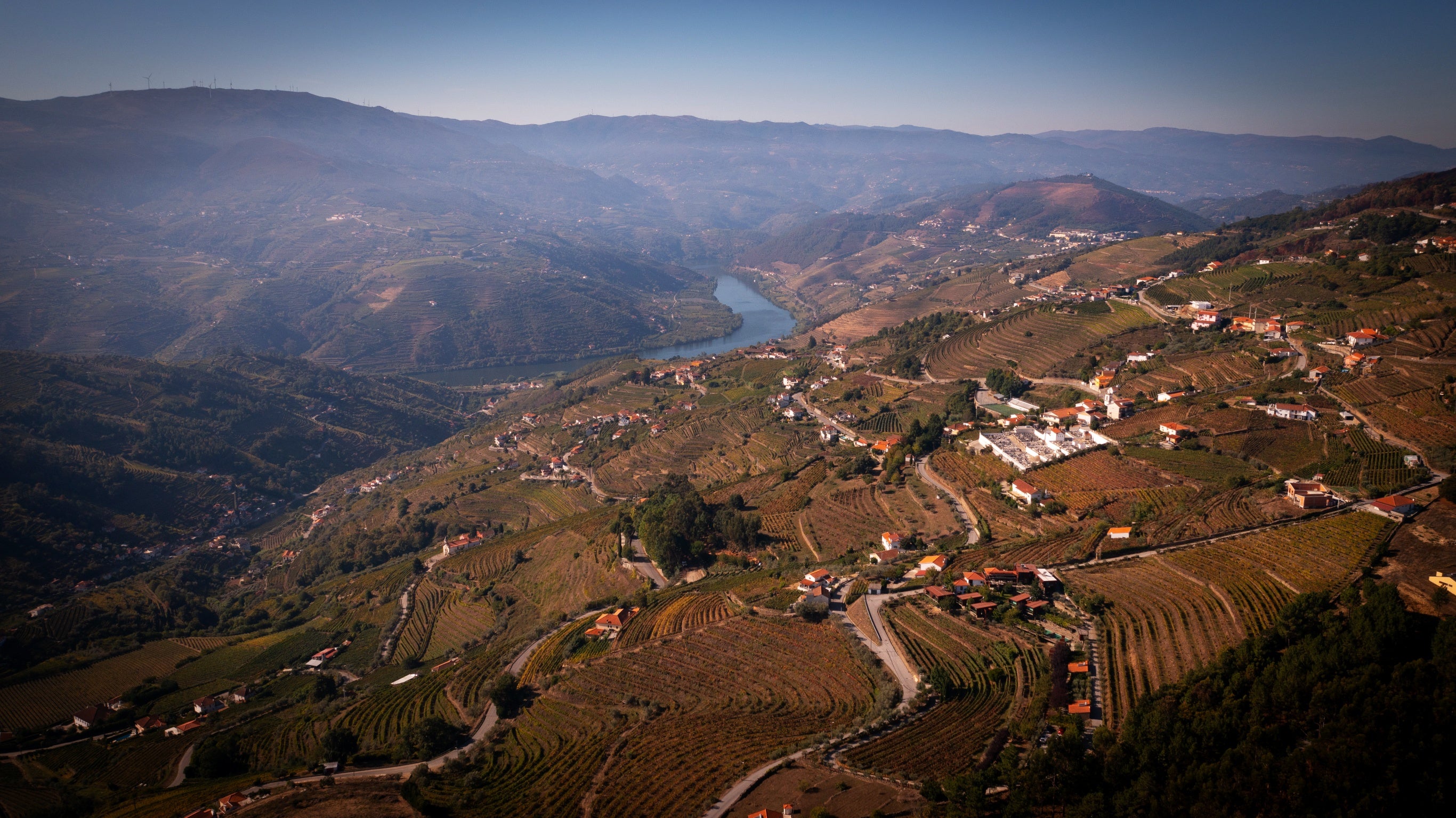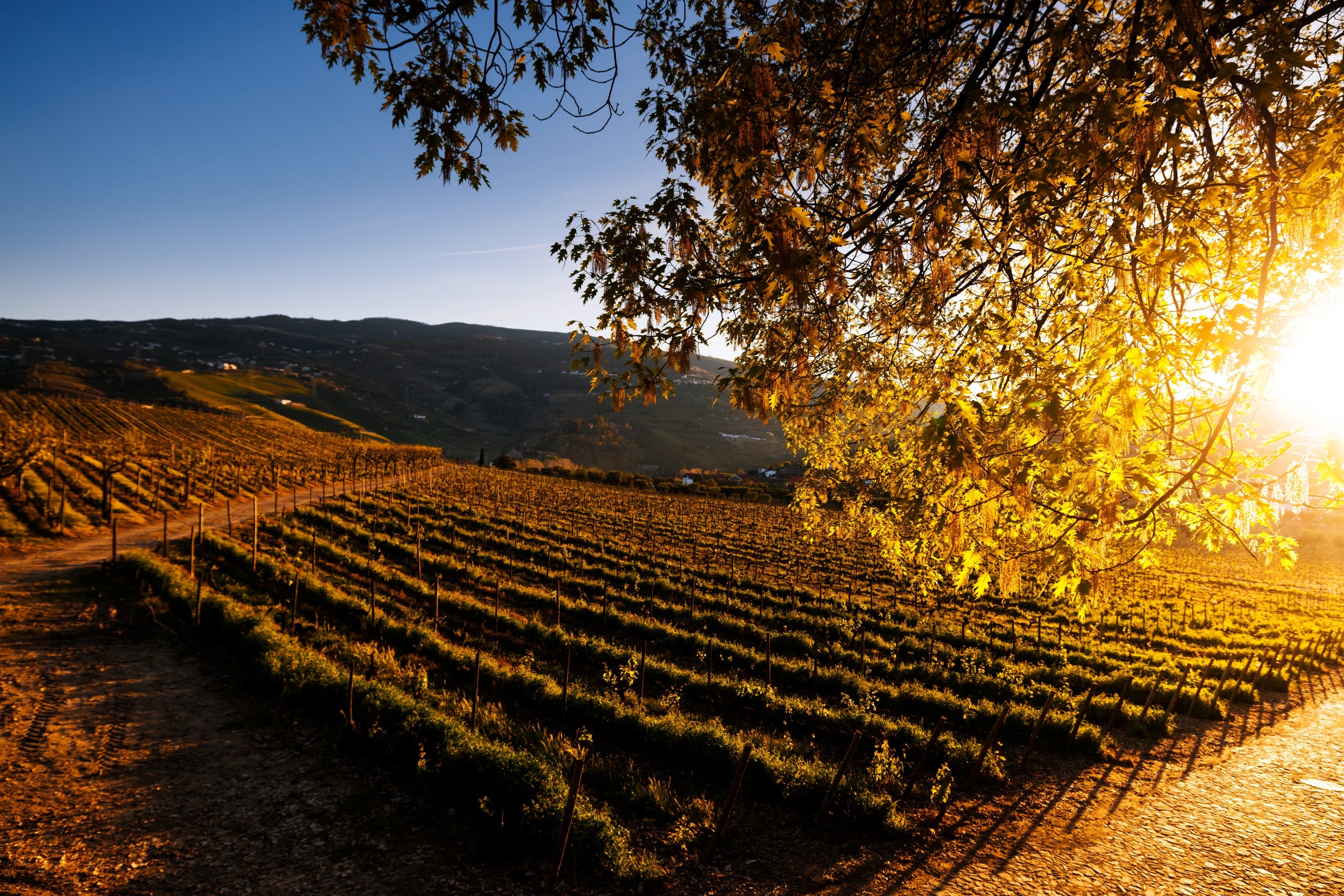Recognized for being the oldest demarcated region in the world for wine production and with a history that dates back more than two centuries, the Douro Valley is privileged for encompassing the largest area of mountain vineyards ever recorded.

Douro Valley
Located in the northeast of Portugal and bathed by the Douro River – also called the “golden river” due to the yellowish hue it acquires in autumn and winter, due to the debris brought by the rains – the region covers a total of 250,000 hectares, of which, 45,000 are dedicated to the vineyard.

UNESCO World Heritage
Among its beautiful valleys and mountains, the cultivation of vines in a mountainous typography translates into a unique and breathtaking landscape, attracted by thousands of tourists a year and recognized as a UNESCO World Heritage Site in 2001.

Climate
The region demarcated for the production of wines is divided into three sub-regions: Baixo-Corgo, characterized by a mild climate with an Atlantic influence, where summers are hot and winters are mild; Cima-Corgo, with a Mediterranean profile, with dry summers and more rigorous winters; and the Douro Superior, characterized by a continental climate and, sometimes, with desert temperatures in the summer. Each sub-region has its specificities, contributing to the diversity and quality of the wines produced.

Red Grapes
The Douro region is rich in traditional grape varieties. In terms of reds, Touriga Nacional stands out - much cultivated in the region, it is a noble variety known for its excellent aging capacity and for producing wines with an intense color - Tinta Roriz - also known as Aragonês, is known for its high precociousness and versatility to different types of terroirs – the Touriga Franca - with a balanced productivity, its medium or large bunches shelter round berries that, when vinified, reveal delicate wines with floral notes, characterized by their high aging potential .

White Grapes
As for the white grapes, Côdega do Larinho stands out – with its medium-sized bunches that produce elegant and balanced wines with low acidity, showing light floral notes on the palate – Viosinho – cultivated in the Douro for more than a century, is one of the varieties used in the production of Port wines and known for producing wines with intense aromas – and Rabigato - typical of the Douro region, this variety has medium curls and exhibits a clear color, signaling a good alcohol content and an incomparable freshness to the wines.

Diversity
There are several other examples of grape varieties in the region, with around 100 grape varieties being certified for the production of wines by the Institute of Porto and Douro Wines (IVDP), as well as its winegrowers, who already exceed thirty thousand, contributing to the development of the region and marking a true Portuguese refuge, full of history and tradition.
